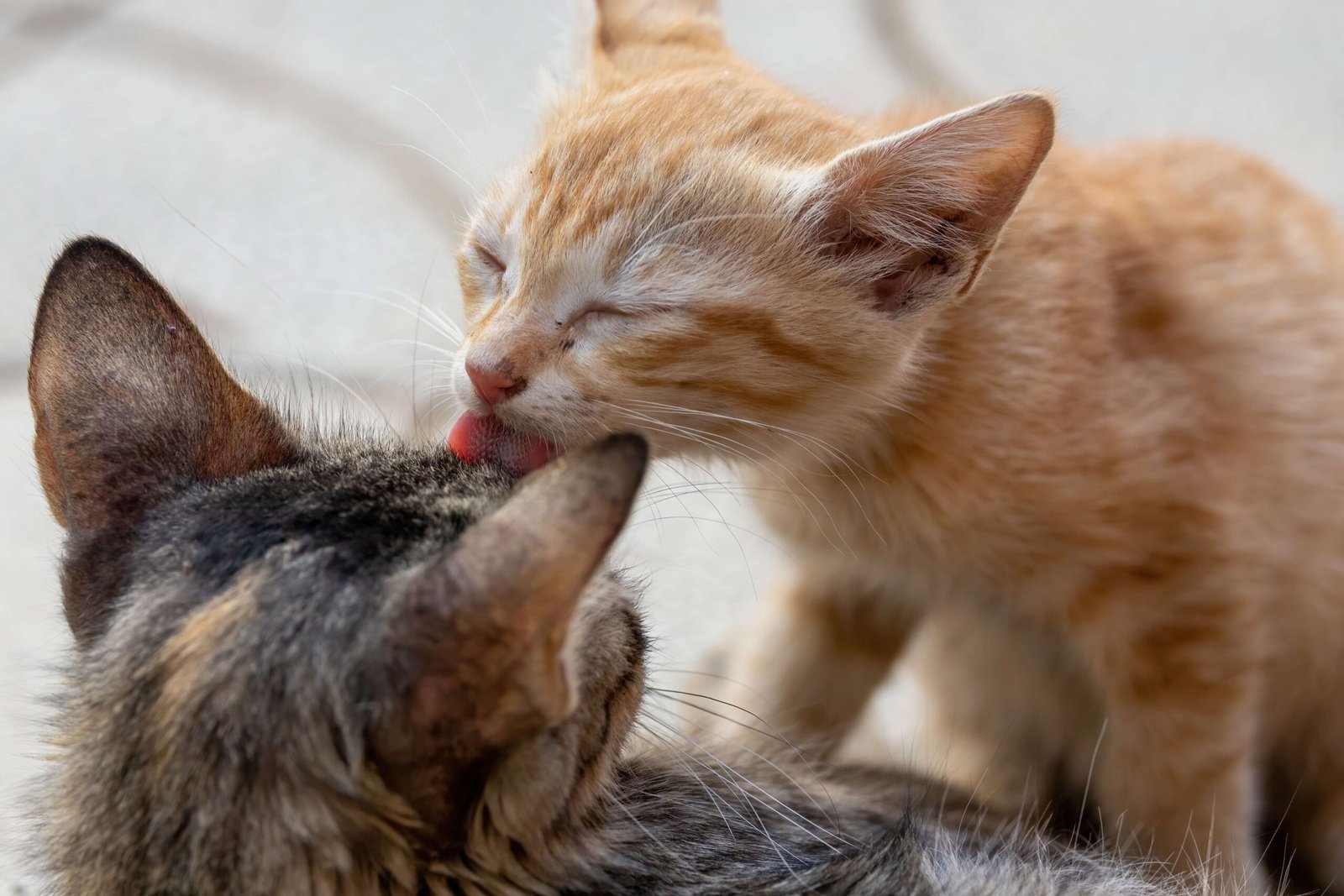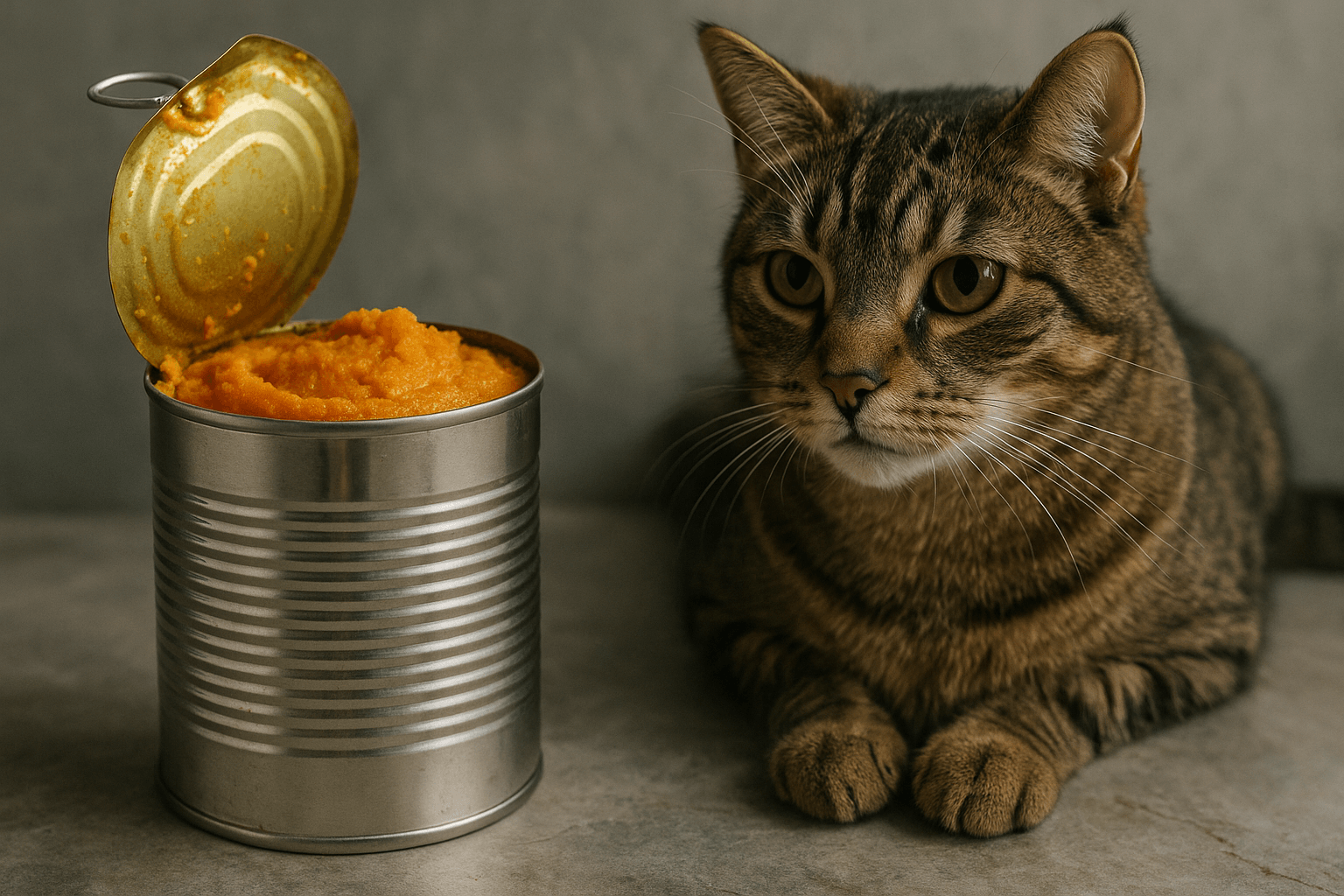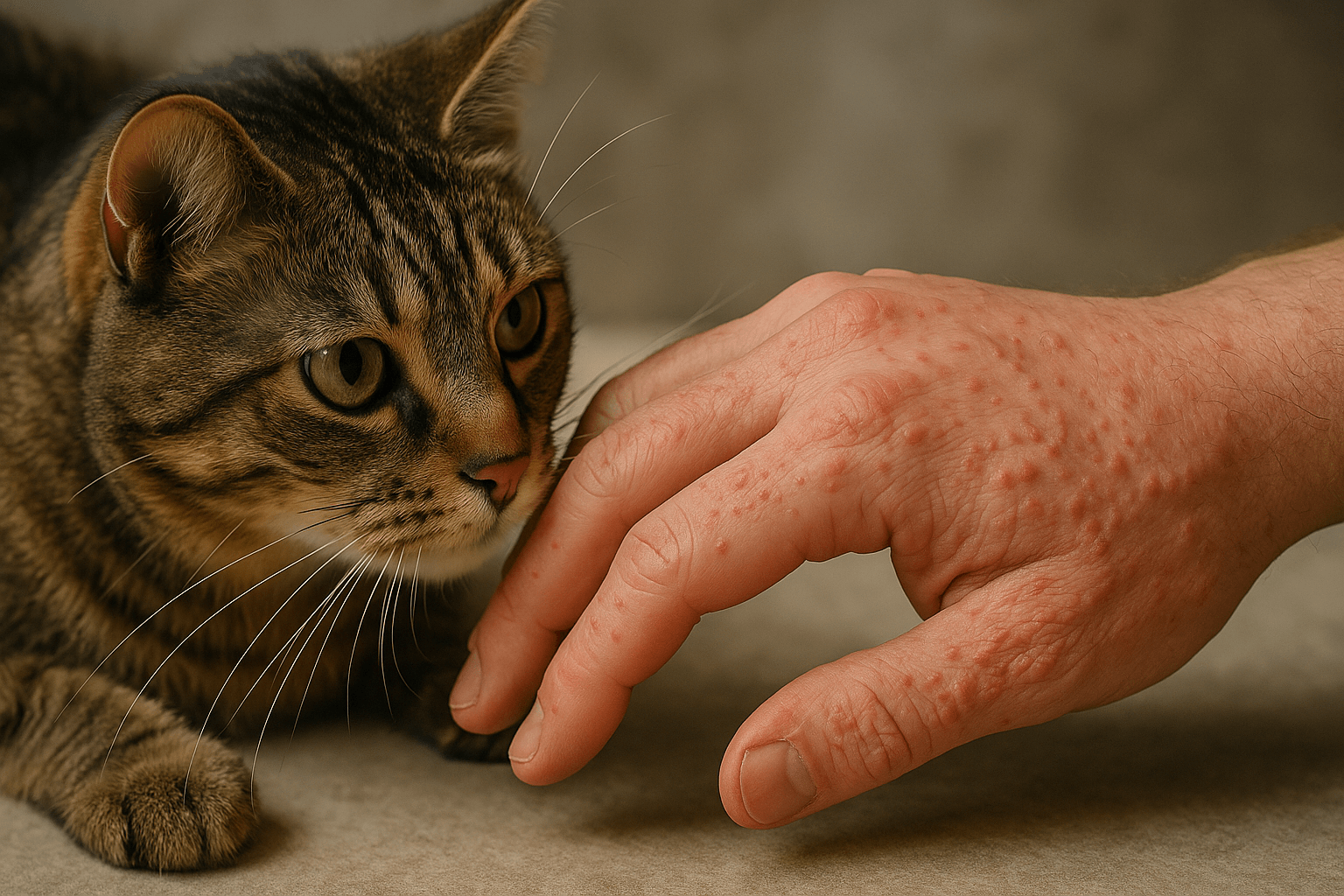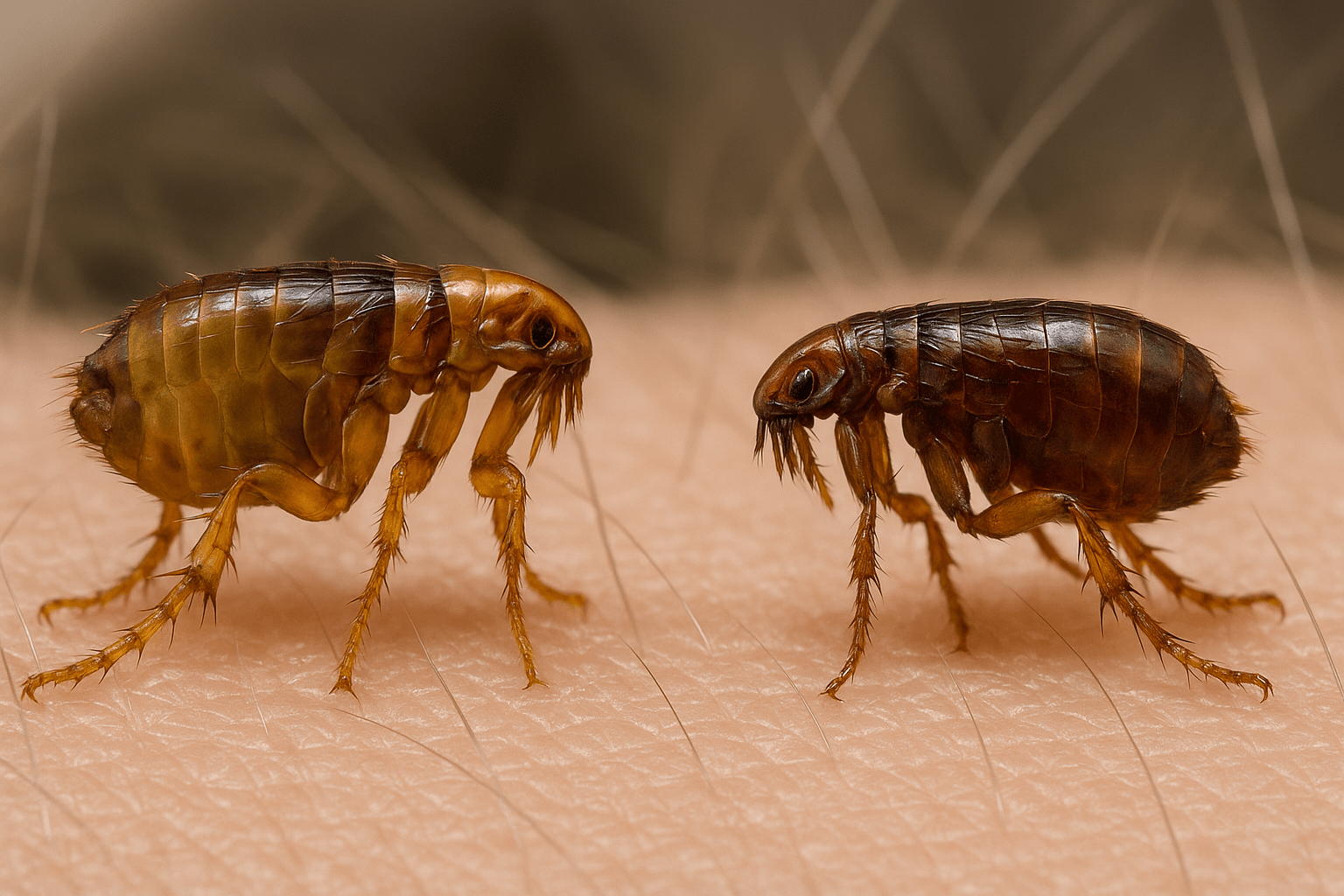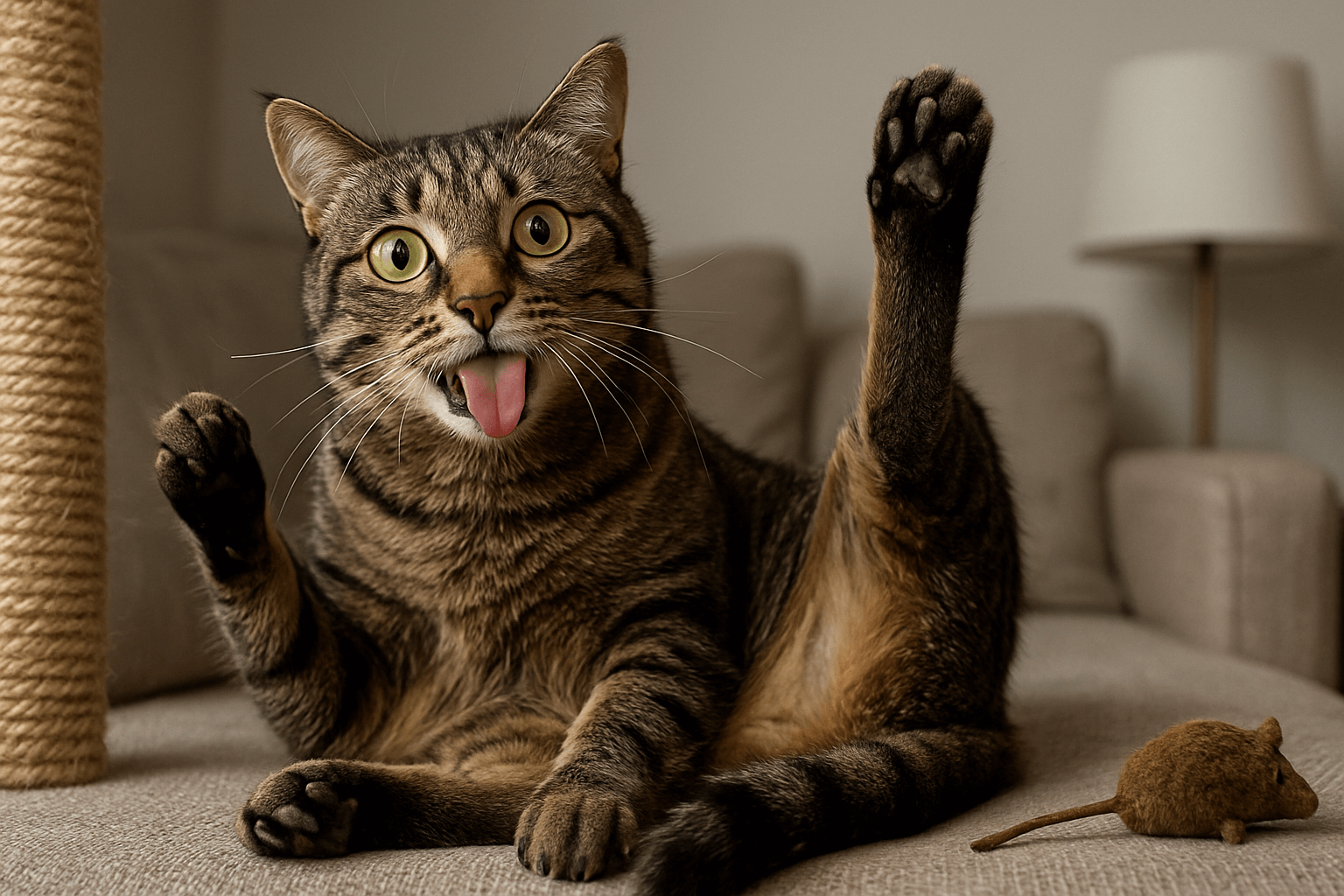Why Do Cats Lick Each Other? Unpacking the Feline Bond
If you’ve ever observed cats interacting, you might have noticed them engaging in a peculiar yet endearing behavior—licking each other. This act, known as allogrooming, is more than just a grooming ritual; it’s a window into the complex social dynamics of our feline friends. But why do cats lick each other? Is it purely about cleanliness, or does it signify something deeper? In this blog post, we’ll explore the reasons behind this behavior, uncover its benefits, and delve into what it reveals about the bonds cats form with one another. Whether you’re a cat owner or simply fascinated by these enigmatic creatures, you’re sure to discover something new about their world.
The Social Significance of Allogrooming
Cats are often perceived as solitary animals, but their social behaviors tell a different story. Allogrooming, or mutual licking, plays a crucial role in strengthening relationships between cats. Here’s how this behavior fosters connection and harmony within feline groups.
Bonding Between Family Members :
Cats often lick those they consider part of their “family,” such as siblings or close companions, reinforcing trust and affection.Establishing Social Hierarchies :
Licking can serve as a way for dominant cats to assert their status while maintaining group cohesion.Comfort and Reassurance :
Mutual grooming provides emotional comfort, especially during stressful situations like moving to a new home.Conflict Resolution :
After minor disputes, cats may engage in allogrooming to restore peace and repair relationships.Reinforcing Group Identity :
By sharing scents through saliva, cats create a unified “group smell” that helps them recognize one another as part of the same community.
Allogrooming is not just about hygiene—it’s a powerful tool for building and maintaining social bonds among cats. Understanding this behavior sheds light on their intricate social structures.
Health Benefits of Mutual Licking
Beyond its social implications, allogrooming offers several practical health benefits for cats. These advantages highlight why this behavior has persisted throughout feline evolution.
Improved Coat Condition :
Licking removes dirt, debris, and loose fur, keeping coats clean and reducing the risk of matting.Parasite Control :
By grooming hard-to-reach areas, cats help each other eliminate fleas, ticks, and other parasites.Temperature Regulation :
Licking spreads natural oils across the coat, which can aid in cooling or insulating depending on environmental conditions.Stimulation of Blood Circulation :
The gentle pressure of licking stimulates blood flow to the skin, promoting overall skin health.Early Detection of Health Issues :
During grooming sessions, cats may notice abnormalities like wounds, lumps, or infections, prompting early intervention.
Through mutual grooming, cats not only maintain their physical well-being but also ensure the health of their companions. It’s a win-win situation for everyone involved!
Check this guide 👉Why Is My Cat Licking Everything? Best 7 Expert Tips!
Check this guide 👉Why Is My Cat Licking My Blanket? Best 7 Behavior Tips!
Check this guide 👉Why Is My Cat Itching and Licking So Much? Best 7 Tips!
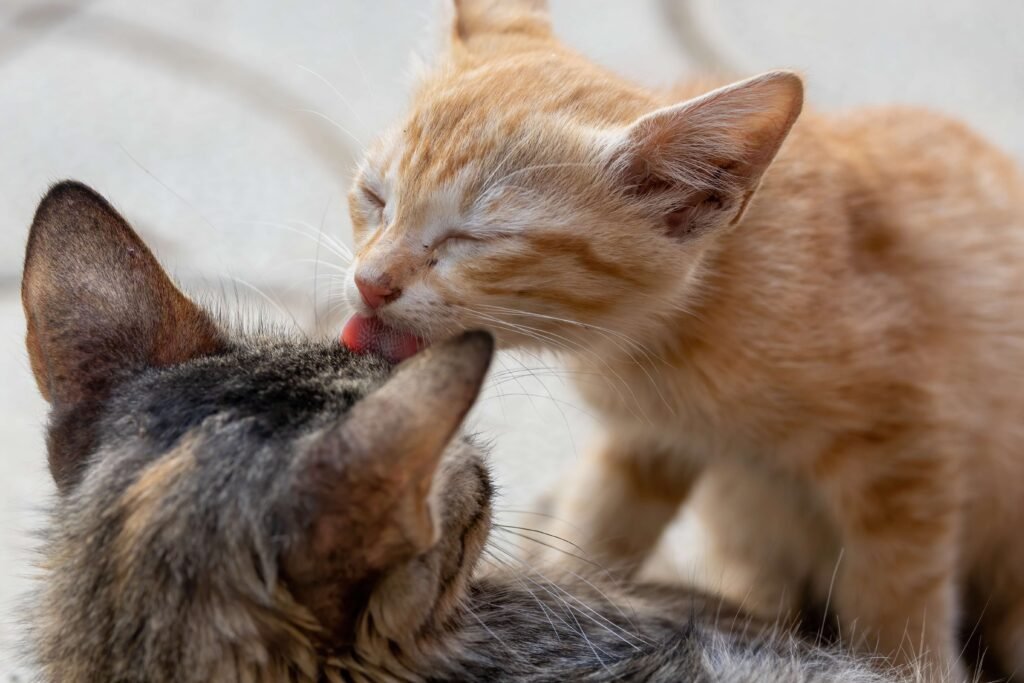
Reasons Cats Lick Each Other | Benefits of Allogrooming |
|---|---|
Strengthening social bonds | Improved coat cleanliness |
Establishing hierarchy | Parasite removal |
Providing comfort | Temperature regulation |
Resolving conflicts | Enhanced blood circulation |
Reinforcing group identity | Early detection of illnesses |
When Allogrooming Becomes Excessive
While mutual licking is generally a positive behavior, there are instances where it can become excessive or problematic. Recognizing these scenarios is essential for ensuring your cats remain healthy and happy.
Over-Grooming Due to Stress :
Cats may excessively groom themselves or others as a coping mechanism during times of anxiety or fear.Skin Irritation from Rough Licking :
Aggressive licking can lead to irritated or inflamed skin, particularly in sensitive areas.Signs of Bullying Behavior :
One cat dominating another through forceful grooming could indicate an imbalance in their relationship.Hair Loss or Bald Patches :
Excessive licking may result in patchy fur, signaling an underlying issue that requires attention.Neglecting Self-Grooming :
If a cat focuses solely on grooming others and neglects itself, it could point to behavioral or medical concerns.
Monitoring your cats’ interactions will help you identify any potential problems early and address them appropriately.
How to Encourage Healthy Grooming Habits
As a cat owner, you can play an active role in fostering positive grooming behaviors among your pets. Here are some tips to encourage healthy interactions and prevent issues.
Provide Sufficient Resources :
Ensure all cats have access to food, water, litter boxes, and resting spaces to reduce competition and stress.Introduce Cats Gradually :
Allow new cats to acclimate slowly to minimize tension and promote bonding over time.Use Positive Reinforcement :
Reward calm and friendly interactions with treats or praise to reinforce good behavior.Monitor Playtime Dynamics :
Observe how cats interact during play to identify any signs of aggression or dominance.Consult a Veterinarian if Needed :
Seek professional advice if you notice persistent over-grooming or unusual behavior patterns.
By creating a supportive environment, you can help your cats develop strong, healthy relationships built on mutual trust and care.
The Role of Scent in Allogrooming
Scent plays a crucial role in feline communication, and allogrooming is no exception. By exchanging scents through saliva, cats create a shared identity that strengthens their bond. Here’s how scent intertwines with this behavior.
Marking Group Membership :
Cats use grooming to spread familiar scents, helping them identify members of their social group.Reducing Anxiety Through Familiarity :
Sharing scents provides comfort and reassurance, especially in multi-cat households or unfamiliar environments.Reinforcing Territorial Boundaries :
A unified scent profile helps cats mark their territory as a cohesive unit, deterring outsiders.Strengthening Mother-Kitten Bonds :
Mothers groom their kittens to pass on their scent, creating a lifelong recognition system.Healing After Separation :
When reunited after being apart, cats often groom each other to re-establish their shared scent.
Scent-based grooming underscores the importance of olfactory cues in feline relationships, highlighting how deeply connected cats are to their sense of smell.
Signs Your Cats Are Grooming for Comfort
Sometimes, cats lick each other not just for hygiene but also as a way to seek or provide emotional support. Recognizing these signs can help you understand your cats’ emotional states better.
Frequent Licking During Storms :
Cats may groom each other more during thunderstorms or fireworks to soothe anxiety caused by loud noises.Increased Grooming After Vet Visits :
Stressful experiences like vet visits often lead to heightened grooming sessions between cats.Licking Specific Areas Like Ears or Paws :
Targeted grooming in sensitive areas indicates an effort to calm or comfort the recipient.Accompanying Purring Sounds :
If purring accompanies grooming, it’s likely a sign of contentment and mutual relaxation.Grooming Before Napping Together :
Cats often groom each other before settling down to sleep, using it as a bonding ritual.
These behaviors show that grooming isn’t always about cleanliness—it’s also a powerful form of emotional expression and reassurance.
Addressing Concerns About One-Sided Grooming
In some cases, one cat may do all the grooming while the other remains passive. While this isn’t always problematic, it can sometimes indicate underlying issues. Here’s what to look out for and how to address it.
Dominance Dynamics :
If one cat consistently grooms another without reciprocation, it could reflect a dominant-submissive relationship.Health Issues Preventing Reciprocity :
The passive cat might have arthritis, dental pain, or other conditions that make grooming uncomfortable.Personality Differences :
Some cats simply prefer being groomed over doing the grooming themselves due to individual temperament.Signs of Resentment or Avoidance :
If the passive cat avoids or reacts negatively to grooming, it may signal discomfort or tension.Encouraging Balanced Interactions :
Provide toys, scratching posts, or separate resting areas to ensure both cats feel equally valued and secure.
By observing these dynamics closely, you can ensure that allogrooming remains a positive and balanced interaction for both cats involved.
Frequently Asked Questions About Why Cats Lick Each Other
Why does my cat lick me instead of other cats?
Your cat may view you as part of their “family” and use licking as a way to bond with you.
Can excessive licking be harmful?
Yes, over-grooming can cause skin irritation, hair loss, or indicate underlying stress or health issues.
Should I stop my cats from licking each other?
No, unless it becomes aggressive or excessive, mutual grooming is a natural and beneficial behavior.
Do all cats engage in allogrooming?
Not all cats participate in allogrooming; it depends on their personality and social dynamics.
How can I tell if my cats are stressed?
Signs include hiding, changes in appetite, vocalization, or increased aggression toward other cats.
Final Thoughts: The Beauty of Feline Connection
In conclusion, the question “why do cats lick each other?” reveals much more than just a grooming habit—it uncovers the depth of feline relationships. From strengthening social bonds to promoting physical health, allogrooming is a vital aspect of a cat’s life that enriches their interactions and enhances their well-being. As a cat owner, appreciating and supporting this behavior allows you to foster a harmonious environment where your feline companions can thrive. So next time you see your cats grooming each other, take a moment to marvel at the beauty of their connection and the complexity of their social world.
Canned Pumpkin for Cat Diarrhea: Best 7 Expert Tips! Natural remedy to firm stools, soothe upset bellies, and support gut health safely.
Can a Cat Give You Scabies? Best 7 Expert Tips! Discover the truth about feline mites, human skin risks, and how to protect yourself—without panic.
Cat Flea vs Human Flea: Best 7 Expert Tips! Discover the truth about bites, species, and how to eliminate infestations for good.
Weird Cat Behaviors: Best 7 Expert Tips! Discover why cats do strange things—and how to understand, not punish, their instincts for a happier home.

